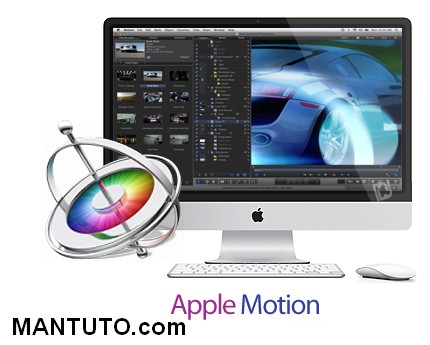
Download link:-5.3.2MEGA: http://yoalizer.com/18uq-. Feb 07, 2016 Motion taps the GPU on the graphics card for high-speed rendering and exporting. Editor-Friendly Design Tools. Work fast using a single-window interface with a familiar look and feel. Customize Final Cut Pro titles, effects, and transitions by opening them in Motion. Create Smart Motion Templates with simple controls for making changes as you edit.
- Choose a tag to compare
- Choose a tag to compare
kaamui released this
Version 1.5.3
New Features
- Support of OpenSSL 1.1 has been added on the three supported platforms. A special thanks to @super7ramp for his help.
Bug fixes
- Some scaling issues could be experienced while exporting a document to PDF format.
- An image could be lost after a page duplication followed by the deletion of the image on one of the two pages.
- An image could be lost after the duplication of a page in Documents Mode.
- When duplicating grouped objects of different types, the z-order was not preserved.
- Perform 'Set As Tool' on a flash animation could result on a crash.
- Secured web pages was not loading on Windows internal navigator.
- Slashes were allowed in folder's names.
- Ukrainian translation's file extension is now uk, instead of ua. A special thanks to @glixx for reporting it.
Known issues
- The redesign of the Documents mode was a complex development and several small cosmetic bugs may still remain, including focus issues.
- Some slow motion can be experienced in macOS while using drag and drop in the new document tree structure.
- On macOS Yosemite (10.10), installing the signed version of OpenBoard could not work. If so, please use the not signed version provided with this 1.5.3 release.
Force
Force is any influence that causes an object to change, either concerning its movement, direction, or geometrical construction.
Motion 5.3 2 Dmg Download
learning objectives
- Develop the relationship between mass and acceleration in determining force
Overview of Forces
In physics, a force is any influence that causes an object to undergo a certain change, either concerning its movement, direction, or geometrical construction. It is measured with the SI unit of Newtons. A force is that which can cause an object with mass to change its velocity, i.e., to accelerate, or which can cause a flexible object to deform. Force can also be described by intuitive concepts such as a push or pull. A force has both magnitude and direction, making it a vector quantity.
What is a force?: Describes what forces are and what they do.
Qualities of Force
The original form of Newton’s second law states that the net force acting upon an object is equal to the rate at which its momentum changes. This law is further given to mean that the acceleration of an object is directly proportional to the net force acting on the object, is in the direction of the net force, and is inversely proportional to the mass of the object.
Motion 5.3 2 Dmg Review
As we mentioned, force is a vector quantity. A vector is a one dimensional array with elements of both magnitude and direction. In a force vector, the mass, (mathrm{m}), is the magnitude component and the acceleration, (mathrm{a}), is the directional component. The equation for force is written:

[mathrm{F=m⋅a}]
Related concepts to force include thrust, which increases the velocity of an object; drag, which decreases the velocity of an object; and torque which produces changes in rotational speed of an object. Forces which do not act uniformly on all parts of a body will also cause mechanical stresses, a technical term for influences which cause deformation of matter. While mechanical stress can remain embedded in a solid object, gradually deforming it, mechanical stress in a fluid determines changes in its pressure and volume.
Dynamics
Dynamics is the study of the forces that cause objects and systems to move. To understand this, we need a working definition of force. Our intuitive definition of force — that is, a push or a pull —is a good place to start. We know that a push or pull has both magnitude and direction (therefore, it is a vector quantity) and can vary considerably in each regard.
shows a few examples of the “push-pull” nature of force. The top left example is that of a pulley system. The force that someone would have to pull down on the cable would have to equal and exceed the force made by the mass the object and the effects of gravity on those object in order for the system to move up. The top right example shows that any object resting on a surface will still exert force on that surface. The bottom example is that of two magnets being attracted to each other due to magnetic force.
Motion 5.3 2 Dmg Review
Examples of Force: Some situations in which forces are at play.